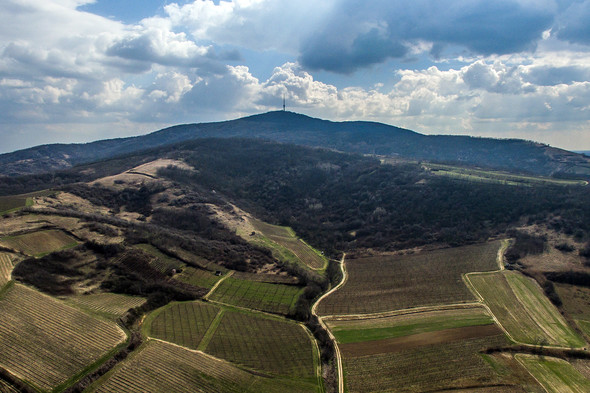Therefore, we decided that we would just make a tour around the Tokaj Hill, including the three main towns, a few wineries and some other interesting places...
The Tokaj wine region is about 100km long, stretching from the northeast to the southwest, mainly in Hungary, although there is also a small part in Slovakia. Increasing numbers of towns, villages and vineyards are now attracting the attention of the world’s wine lovers (Indeed in the past, wines from here were considered the pinnacle of quality, but Tokaj all but disappeared from the wine map as a result of communism), although arguably the eponymous town giving the region its name, namely Tokaj, is the most well known or, if you prefer, the legitimate centre of the region (although recently it seems Mád has overtaken it in terms of production), simply because of its name. Whoever in the world decides to visit the region, someone who is a wine lover but not a Tokaj expert), will most likely tap the name of Tokaj into their booking search. That’s logical, isn’t it?
A little geography
Volcanic rocks and the soils formed from these are characteristic of the wine region, giving the dry Tokaj wines their masculine character. However, there are two exceptions, one of which (the sandstone areas on the Slovak side) is still waiting to be discovered, the other though has been famous and talked about for centuries: Tokaj Hill. The character of the wines from here differs from other wines in the wine region. The wines from here are always softer and gentler, and mature more quickly, but you can drink them sooner too. They have a rounder, more feminine character. Why is this? The answer of course lies in the rocks and the soils which settled upon them. This is the only place in the wine region where there is also a layer of loess on top of the volcanic rocks up to 10 metres thick in some places! This and the fact that we are at the most southern point of the wine region (surrounded by two large rivers – the Bodrog and the Tisza) explain the differing characteristics of the wines here. It is interesting to note though that wines from older vines here are also reminiscent of more mineral, leaner volcanic wines, simply because after a while the roots of the vines penetrate the loess and also reach the volcanic bedrock here.
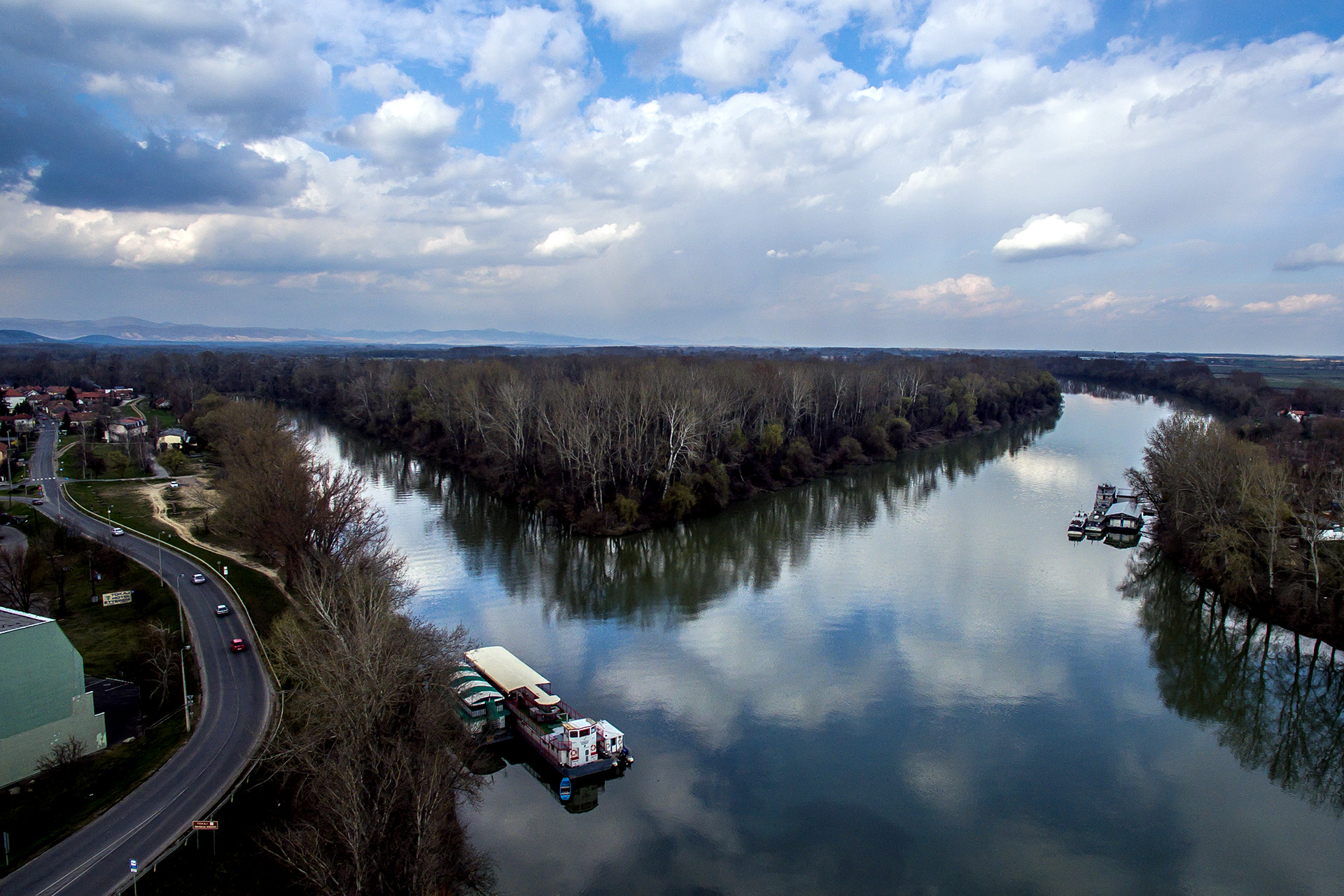
Iconic vineyards
As regards the vineyards, first class vineyards have been found on the south, southeast and southwest sides of the Tokaj Hill for centuries. (Winemakers like to refer to this and so do we, so it is therefore worth getting it straight in your head so that you can understand what we are talking about. To put it simply for now: Tokaj’s vineyards were classified into three rankings long before Burgundy, based on quality criteria. The classification, however, was later forgotten. It does not exist officially nowadays; however, unofficially almost everyone uses the old classifications.) The great old names (Szerelmi, Hétszőlő, Nagy-szőlő, Teleki, Szarvas, Szil-völgy, Deák, Barát, Terézia, Zafír, Mézes-mály) are now glorying in their old splendour and some new stars have emerged (Dereszla, Henye, Váti, Lónyai, Mestervölgy), whilst some big names are still slumbering (Meleg-máj, Kis-garai, Lencsés, Donáth, Dessewffy, Szentkereszt), waiting for a revival worthy of their name.
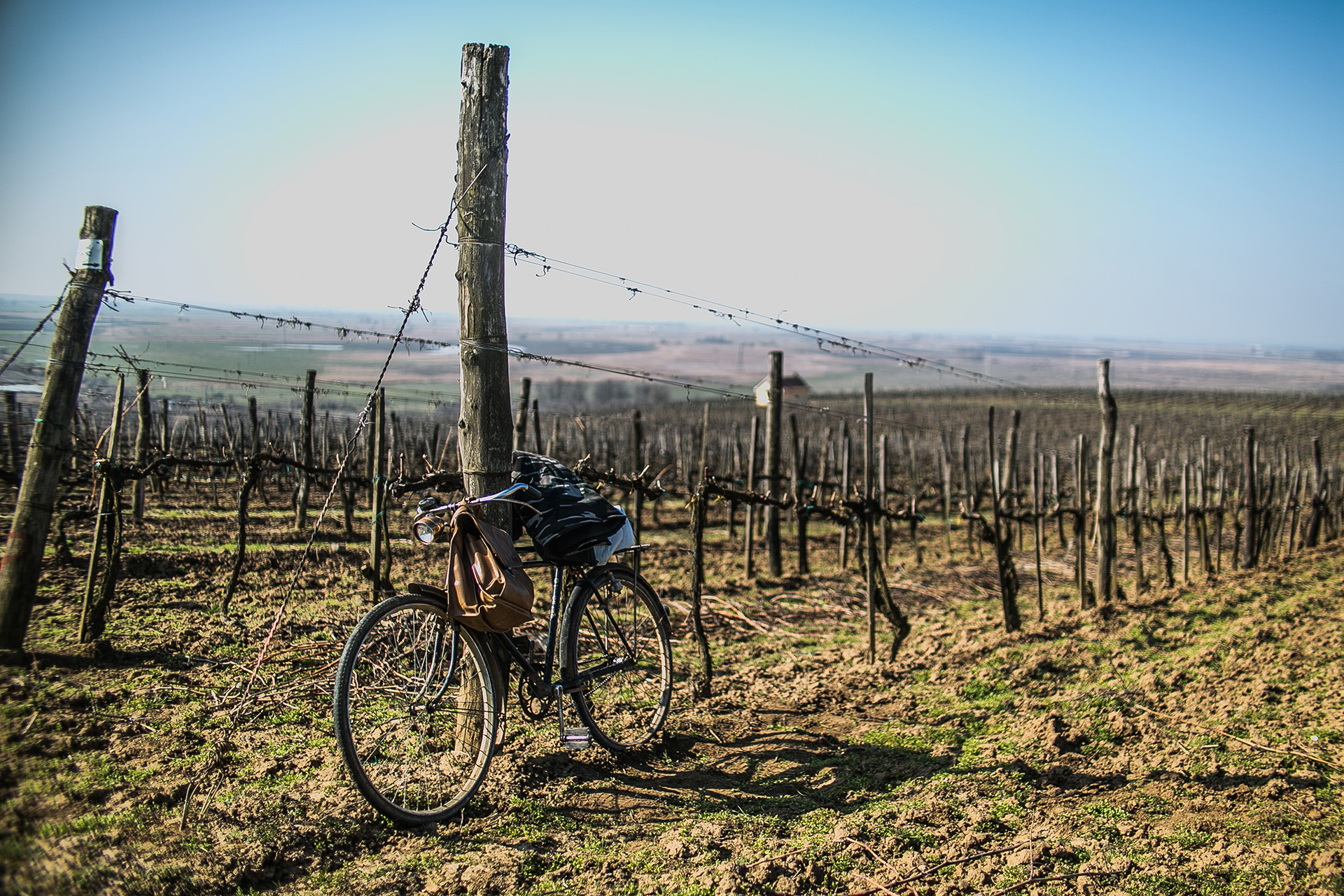
The hill and the settlements
Tokaj Hill with its height of 514 metres rises like an island out of the far stretching, large flat countryside of the Great Plain. It’s bordered to the north by the main road number 37, some small hills and the Bodrog, to the east by the Bodrog and Tisza rivers, to the south by the Tisza and its old backwaters and floodplains, whilst to the west by flat, almost marshy land. The once famous market towns and villages, including the eponymous town of Tokaj, almost without exception dot the foot of the hill due to the surrounding wetlands. The conquering Hungarians immediately took possession of the area, but viticulture got a real boost after the Mongol invasion (1241), after which foreign wine-growers settled in the area. (Here we are talking about people speaking Romance languages, but it is not clear as yet whether they were French or Italians.) The town was founded on the eastern side of the hill, where the Bodrog and the Tisza rivers converge, where on the one hand there was a good ford (later a bridge) across the river and on the other it was possible to build a castle on the island between the rivers to protect the town. The paramount importance of Tokaj meant that the last Hungarian-born Hungarian King, János Szapolyai, was proclaimed king at a Tokaj assembly, a direct consequence of which was his real crowning as the king of Hungary within the month at the Székesfehérvár parliament. Later, many merchants settled in the town of Tokaj, to spread the news about the Tokaj wines and to grow rich from them. Firstly, Orthodox Christians, Greeks and Armenians took on this task, later a growing number of Jews settling there. In the eighteenth century, the Russian Tsar even had his own cellar in the town. Tarcal was also an important town and royal estate. In 1100 the king held a diocesan synod here, while the third settlement near the hill, Bodrogkeresztúr, will rather be familiar to those who have already read about its once famous wondrous rabbi, Steiner Saje.
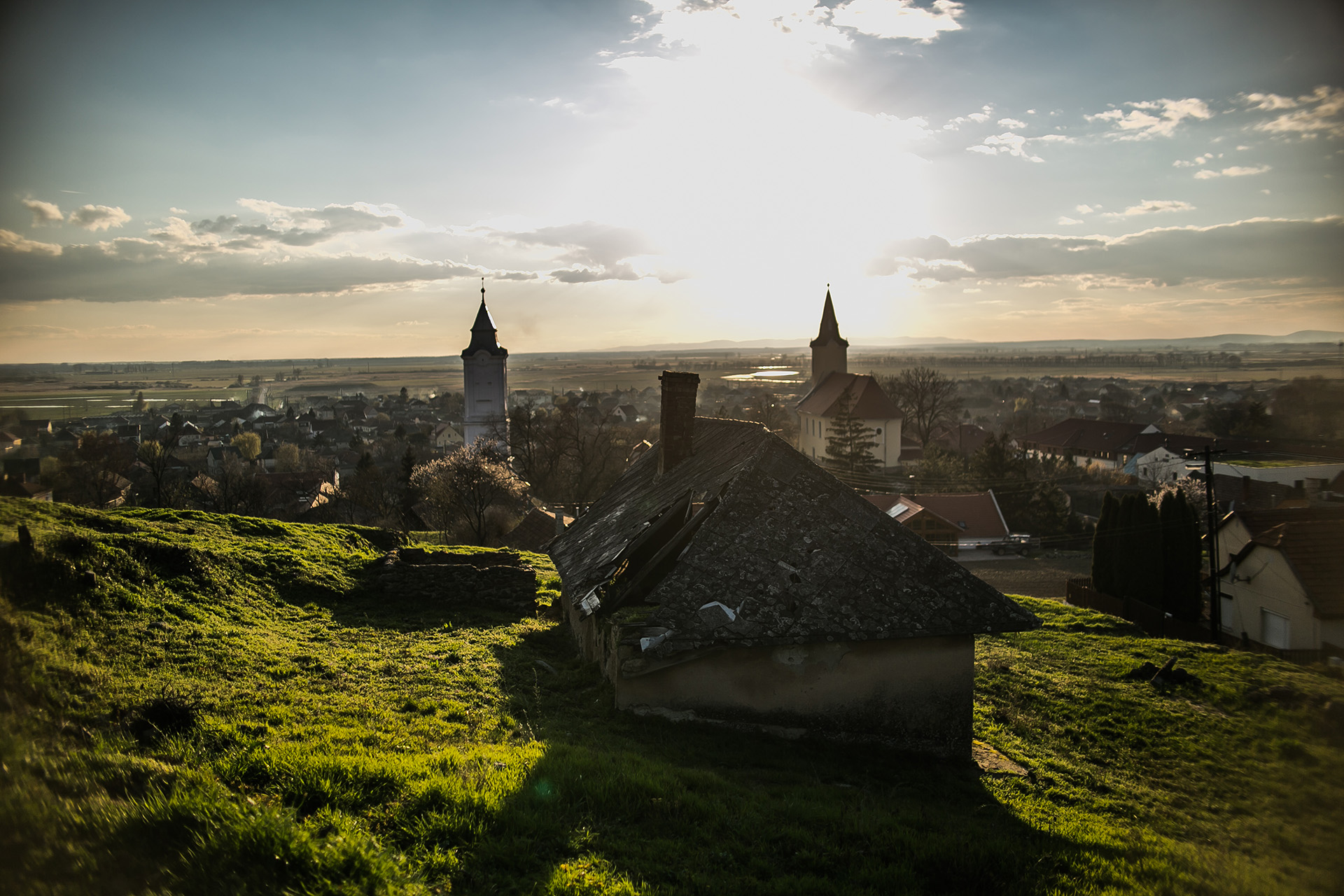
Practicalities
There is a growing number of interesting accommodation options, good wineries and fortunately there are also now some attractions specifically related to wine; however, there does seem to be a shortage of restaurants. We’d like to recommend two options here: one for those intending to spend a long weekend in town and one for those who have a week to visit this remote corner of Europe. First of all, let’s take a look at how to get here. The nearest airport in Slovakia is in Kosice, to which WizzAir operates flights from London. The other option is the larger international Liszt Ferenc airport in Budapest. In both cases, renting a car would be an option. It takes about one hour to reach Tokaj from Kosice and two and a half from Budapest. If you choose the car option, you definitely need to be aware that in Hungary, unfortunately you can’t even consume one glass of wine before getting in front of the wheel!
Perhaps the best idea would be to spend a few days in Budapest too, visiting the opera, looking at the Basilica, the banks of the Danube, the castle and the wonderful paintings in the National Gallery, and in the evening going for a few drinks in a ‘ruin pub’ or to a jazz concert. And once you’ve already seen enough (and steeled yourself for the journey with a glass of Aszú in Taste Hungary’s tasting room), then you can head to Keleti Railway Station, where according to the current timetable a train leaves every two hours for Tokaj between 7.30 and 15.30. (Check the page www.mavcsoport.hu/en in case of possible changes. Don’t forget to tick the ‘direct connections only’ checkbox; otherwise the route offered may take several hours or more!) Once you arrive in town (but rather a few days beforehand), it’s worth calling a taxi (Be warned, there aren’t too many taxis in Tokaj! We would recommend the following: BorTAXI +36 30 4600 849) to get to your accommodation. It’s worth booking your taxi a few days in advance if you know exactly what your plans are ahead of time, although some hotels have their own minibus, which you can rent along with a driver for a fee.
Once you’re in the wine region, we’d recommend the Degenfeld Castle Hotel as a base if you are looking for some peace and quiet. The building has a wonderful setting in the middle of a park, directly below the Degenfeld winery and vineyards, including the iconic Mézes-mály vineyard! The hotel’s restaurant is also pleasant and in summer there is also an outdoor pool where you can relax and cool off. What more does a true wine lover need? The four-star hotel is located in Tarcal, about ten minutes by car from the Tokaj railway station.
3-day programme
Day 1: If you set off from Budapest first thing in the morning, then you’ll arrive at your hotel around lunchtime, so you might want to start your tour off with some lunch. Afterwards, to keep a gentle tempo, you could go for a walk in the vineyards above the castle hotel up to the Terézia Chapel and then taste the wonderful wines of the Degenfeld Winery. If you’re not too tired in the afternoon, then you could have a stroll around Tarcal, admire the old stone cottages and visit the Zempléni cheese manufactury, but you could also climb up to the blessing Christ statue high above the village and take in the wonderful view over the village, the Tokaj hills, the surrounding vineyards and the endless vista of the Great Plain.
Day 2: This day is reserved for Tokaj! Take a taxi or jump into the car after breakfast and head for Tokaj. Let’s devote the morning to the iconic Hétszőlő estate, where it’s definitely worth climbing up to the top of the vineyard! You should do some tasting not only at the winery but also at their Rákóczi Cellar in the town centre, which is where János Szapolyai was first proclaimed king, as mentioned earlier in the article. After the walk and tasting, head across the bridge over the Tisza to the Halra Bor Restaurant on the left, where you can discover something of the mysteries of classic Hungarian cuisine. In the afternoon, stroll around Tokaj, take a look at the World Heritage Wine Museum, have a coffee in the Tokaj coffee roasting manufactury and then taste the wines from the Erzsébet Cellar one block away. (One more interesting fact. If you do some tasting there, then you’ll be sitting in the cellar that belonged to the Russian Tsar!) If you don’t want to spend the afternoon wine-tasting, then seek out Viktor Gégény and go angling with him, it’s worth it, for the company of the wonderful pike, perch and enormous catfish!
Day 3: On your last day, take a taxi over to Bodrogkeresztúr, pop into (and taste at) the Füleky cellar, taste some cordials and jams at the Csicsörke House, visit the wine vinegar manufactury and then have lunch at the Lebuj tavern. Finally, be careful that these three days don’t pass so quickly that you miss your train back to Budapest!
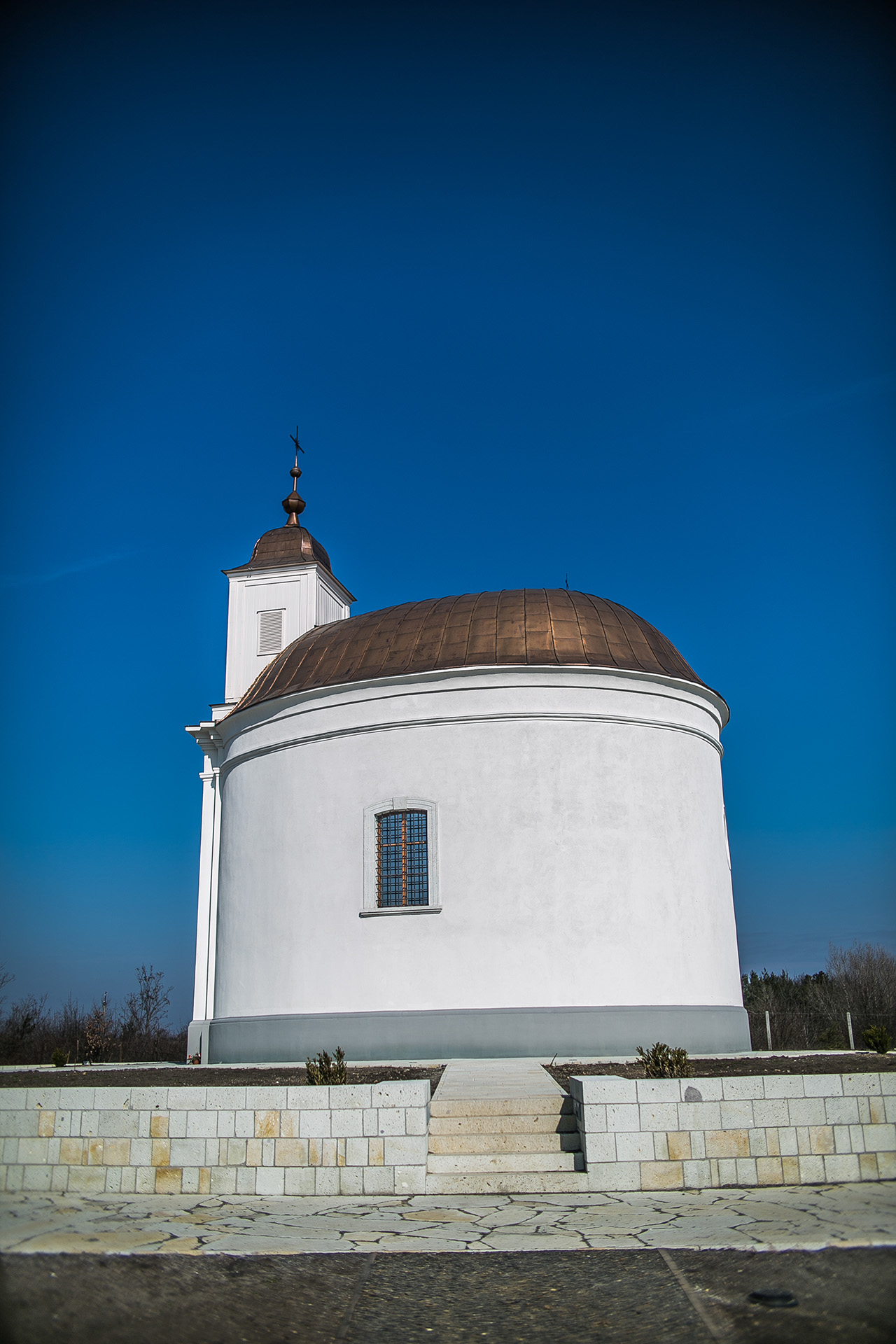
7-day progamme (here we’ll have more time, so the tempo will be a bit less strenuous)
Day 1: If you set off from Budapest first thing in the morning, then you’ll arrive at your hotel around lunchtime, so you might want to start your tour off with some lunch. Afterwards, to keep a gentle tempo, you could go for a walk in the vineyards above the castle hotel up to the Terézia Chapel and then taste the wonderful wines of the Degenfeld Winery. If you’re not too tired in the afternoon, then you could have a stroll around Tarcal, admire the old stone cottages and mansions and visit the Zempléni cheese manufactury, but you could also climb up to the blessing Christ statue high above the village and take in the wonderful view over the village, the Tokaj hills, the surrounding vineyards and the endless vista of the Great Plain.
Day 2: This day is reserved for Tokaj! Take a taxi or jump into the car after breakfast and head for Tokaj. Let’s devote the morning to the iconic Hétszőlő estate, where it’s definitely worth climbing up to the top of the vineyard! You should do some tasting not only at the winery but also at their Rákóczi Cellar in the town centre, which is where János Szapolyai was first proclaimed king, as mentioned earlier in the article. After the walk and tasting, head across the bridge over the Tisza to the Halra Bor Restaurant on your left, where you can discover something of the mysteries of classic Hungarian cuisine. In the afternoon, stroll around Tokaj, take a look at the World Heritage Wine Museum and have a coffee in the Tokaj coffee roasting manufactury. In the afternoon, seek out Viktor Gégény and go angling with him; it’s worth it, for the company of the wonderful pike, perch and enormous catfish!
Day 3: The previous day was wine and fishing, so this day is for wine and culture! In the morning, let’s visit the Erzsébet Cellar (and thus the Russian Tsar’s former cellar!), in the afternoon, paddle past the sights on the banks of the river. You can just rent a canoe and set off (there is almost no current in the Bodrog, so you don’t need to worry about paddling along it). In the evening, you can choose between the Paulay Ede Theatre and the Tokaj Fesztiválkatlan programmes, although it’s worth enquiring about these in advance.
Day 4: Head over to Bodrogkeresztúr after breakfast. First, visit the wine vinegar manufactury, then go for a walk around the village. Don’t stick to the main road, but stroll down the side streets too! Have lunch at the Lebuj tavern and then walk up to the Nyulas vineyard where you get the best view of the Bodrog from among the vines. You can fill the whole afternoon with the last programme if you take enough to eat and drink with you!
Day 5: Let’s spend the whole day at the Disznókő vineyards! Go for a walk in the vineyards in the morning, then have lunch at the Sárga Borház, do some tasting in the afternoon – maybe even an Aszú vertical from the Disznókő wines!
Day 6: Back to Bordorkeresztúr! Visit the Füleky Cellar in the morning, marvel at the renovated castle and the architecture-award-winning winery and of course taste their wines, including the Kabar, one of the six permitted varieties in the wine region, but which you can only taste as a 100% varietal at very few places! In addition, there is a personal attachment to the variety, as the Füleky chief winemaker’s father crossed the variety. You could go back to Lebuj for lunch and then walk up to the Bodrogkeresztúr lookout or go for a cruise along the Bodrog.
Day 7: The last day. Perhaps it’s no longer worth doing any tasting, although we would recommend a programme that would be a shame to miss. Jump in the car or a taxi and head over to Timár village (cross the bridge in Tokaj, then turn left in the next village and carry on for another 3km), specifically to the banks of the Tisza, where you can get the best fried fish in the whole area. Strictly Tisza fish, caught fresh by fishermen in the morning, in the afternoon it’s all gone! Say goodbye to Tokaj with this lunch!
We hope everyone can find something for themselves in the above programmes. Due to a lack of space, we were unable to recommend every winery around the Tokaj Hill, but if you want to visit further wineries, here are some we’re happy to recommend.
Tarcal: Tokaj Kikelet, Királyudvar, Dorogi Testvérek, Áts, Matyisák-Vízkeleti, Pataky Dezső, Tokajicum, Szedmák, Basilicus, Majoros, Myrtus.
Bodrogkeresztúr: Tokaj Nobilis, Dereszla, Puklus, Chateau Henye.
Tokaj: Demeter Zoltán, Bott, Paulay, Dobogó, Sauska, Hímesudvar, Gizella, Balassa.
If you don’t want to organise anything yourself, then feel free to ask for our help at info@winesofa.eu or avail yourself of the services of Taste Hungary!



